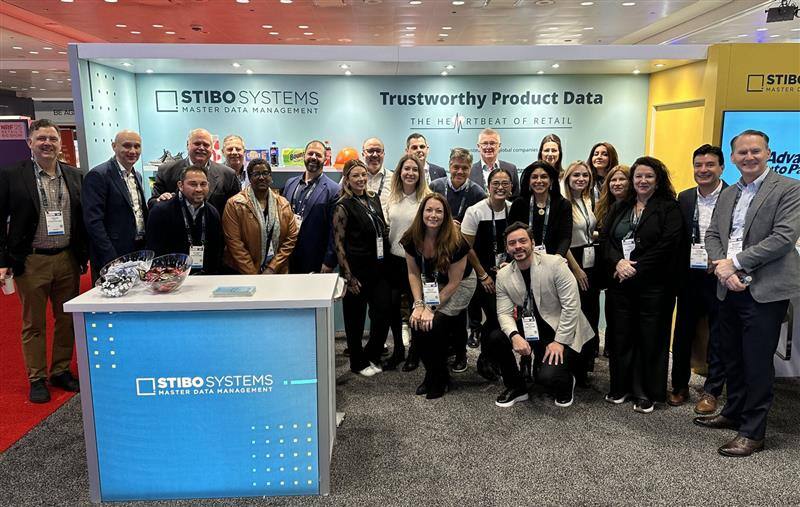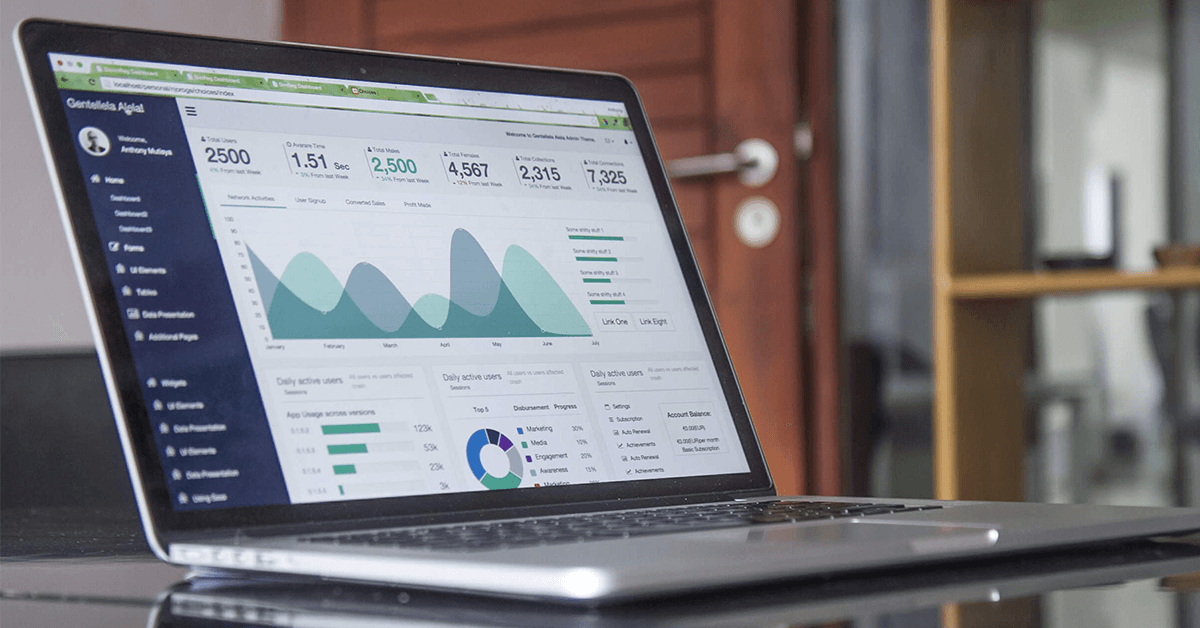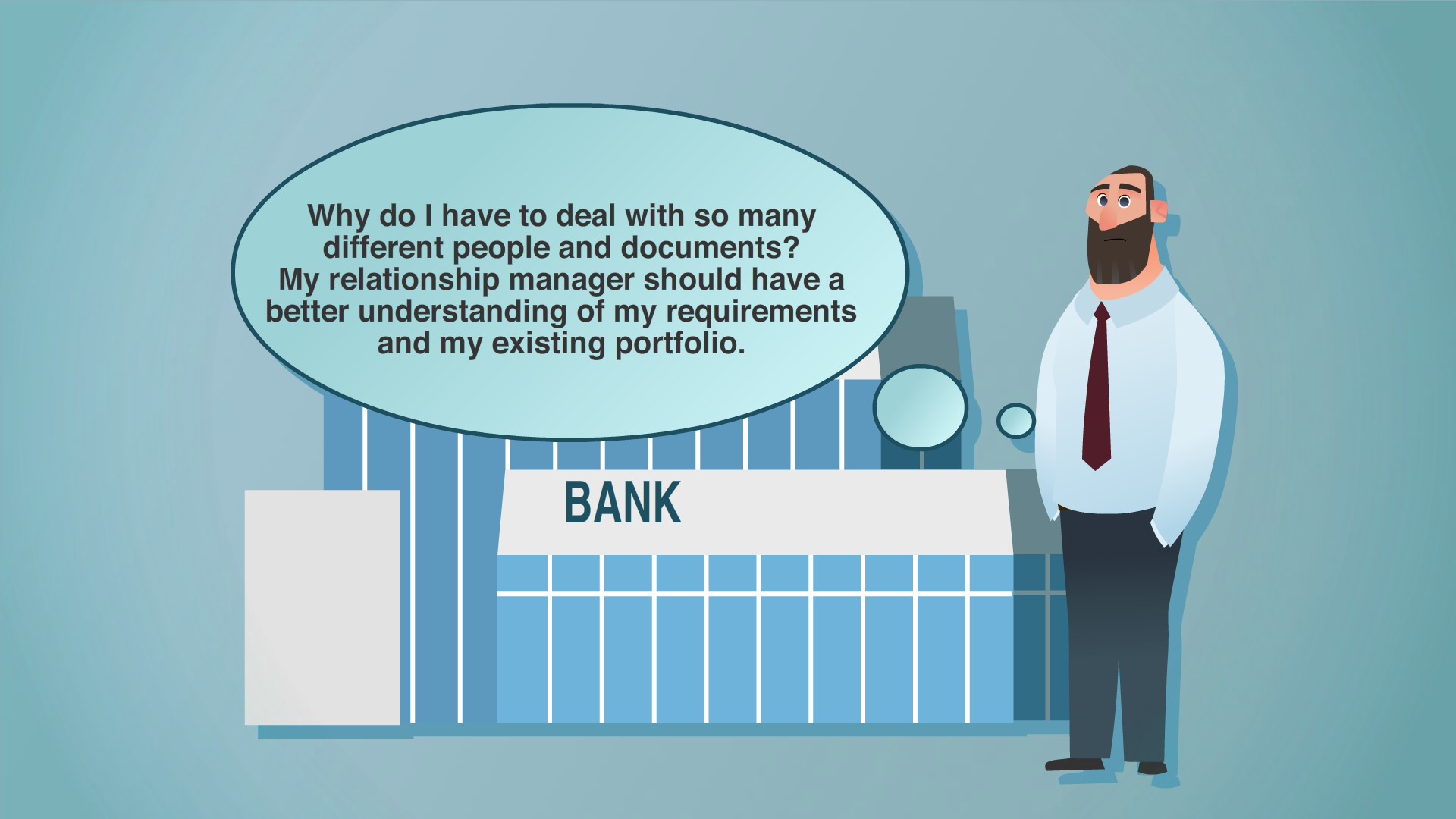Who would've imagined that the iconic shopping malls and large retail brick-and-mortars of yesteryear would slowly disappear? And yet, nearly two decades ago, we saw the start of the retail apocalypse — the closings of thousands of retail stores and bankruptcy filings.
But it's not all doom and gloom. Savvy retailers adapted to changing demands, relying heavily on data to drive decision-making on everything from which products to stock and who to target for their next marketing campaign to personalizing customer experiences — in store and online.
And they're now thriving. Why? Because they've leveraged customer data as a competitive advantage, and they've transformed from solely physical stores into the digital world of ecommerce.
The successful retailers are those that have prioritized trustworthy customer data. The enriched, accurate customer data that gives them a clear, 360° view of their customers that allows for effective marketing and business growth.
If you can't trust your data, you might be risking more than you think — lost revenue, poor customer experiences, inefficiencies and more. We're breaking down the top five hidden costs of bad customer data and how to avoid them.
What is bad customer data and what causes it?
The simplest definition of bad customer data is data that's inaccurate, inconsistent or incomplete — it doesn't correctly reflect your customers.
And because poor data is unreliable and not trustworthy, it can have serious implications on your business, like:
- Slowing down operational efficiency
- Increasing compliance risks
- Eroding customer trust that can lead to reduced revenue
- Disrupting personalization efforts
- Creating a negative customer experience
But bad customer data doesn't just happen — duplicate or incomplete data, no clear governance or poor data hygiene can all contribute to low-quality data.
Let's take a look at some key contributors to inaccurate or incomplete customer data.
Data silos
Whether it's your customer relationship management (CRM) platform, point-of-sale (POS) system, marketing automation platform or customer service tool, customer data typically lives in countless disconnected systems across your business.
When these systems store inconsistent or conflicting information and data lives in siloed systems, it's near-impossible to build a unified, 360° view of your customers — leading directly to poor customer data and missed opportunities.
Manual, error-prone data entry
Manual processes are innately prone to human error. A customer service rep updating a customer's address may misspell the street name. Or a customer in a rush may submit information full of typos — it happens.
But when your data is full of errors, has missing information or incorrect fields and isn't all in the same format, you'll likely see inaccurate and unreliable customer data as a result.
Low-quality and outdated customer data
Customers move. Phone numbers change. Preferences get updated. Customer data is constantly changing, yet it’s rarely updated in real time.
And without regular updates, you have no choice but to rely on outdated information and inconsistent data, which creates low-quality data and can lead to a poor customer experience, or worse, broken trust.
Lack of standardization
While it may seem harmless to use"123 Main St." vs. "123 Main Street," it can have serious implications on data collection and governance. Without standard formats and validation rules in place, data gets muddied and it’s harder to use effectively and stay compliant.
When data’s not standardized, you get:
- Inconsistent data that leads to poor decision-making
- Data inconsistencies that create errors and reduce data reliability
- Non-standardization that can impact your compliance with privacy regulations
- Time lost correcting errors instead of leveraging that data for crucial customer insights
Weak data governance
When there’s no clear ownerships or processes for managing data — like establishing who's responsible for its maintenance and ensuring accuracy — things can quickly unravel.
Mistakes go unnoticed, different teams create their own version of the truth and no one knows what data to trust or where it came from — greatly reducing data reliability.

That’s where data governance comes in. It sets the rules, defines responsibilities and creates repeatable processes that keep your customer data clean, consistent and truly trustworthy across every system.
Breaking down the 5 hidden costs of bad customer data
So, why does poor data quality matter? Because there's a mountain of hidden costs that can not only impact your bottom line but erode customer trust, your reputation and more.
While some effects are obvious — like fines for mishandling sensitive information or non-compliance with privacy standards like GDPR — others are far harder to foresee. Like destroying customer trust or feeding AI models and predictive analytics with bad data to work from. Is your data really AI-ready?
Inefficient operations, reputational damage, poor customer experiences and lost revenue opportunities might seem like the result of poor management or a sluggish economy. But in reality, untrustworthy data is likely the true culprit.
Here are some hidden costs of bad customer data that retail companies should be aware of.
.webp?width=661&height=661&name=Bad%20customer%20data%202%20(Webp).webp)
1. Lost revenue
You rely on reliable and accurate customer data to drive growth. When you can trust your data, you can create data-driven marketing campaigns to help your business meet its bottom line.
But what about when you have bad data?
Gartner found that organizations believe poor data quality is responsible for an average $15M in losses annually, undermining trust and the business value of data. A Gartner VP and analyst, Ted Friedman, explains:
“Poor data quality is a major contributor to a crisis in information trust and business value, negatively impacting financial performance.”
Yikes.
But what if you could leverage trustworthy customer data?
Let's say you're a retailer who sold ski boots last winter. Using accurate customer data, you can anticipate the customers' needs and send tailored offers, like a ski jacket, before their next trip.
You can even bundle related items — hats, gloves, ski poles — to provide extra value. And you can do that because you know your customers as more than just a file in your CRM.
But with bad customer data, that possibility slips through the cracks. And missed opportunities like this don't just cost you one sale — they limit cross-selling opportunities and diminish your long-term revenue potential.
2. Operational inefficiencies
Since the introduction of modern-day artificial intelligence (AI), businesses everywhere have become even more laser-focused on efficiency.
But when you start with low-quality customer data, day-to-day operational efficiency tanks. Employees waste time manually entering or correcting inaccurate data. They repeatedly ask customers for the same details, leading to poor customer experiences, or waste time tracking down missing data.
These inefficiencies quickly add up, costing you both time and money. So, instead of serving customers and driving sales, your employees are stuck cleaning up messy data caused by bad customer data.
The worst part? It's a preventable expense that costs you big time and drags down productivity.
3. Regulatory fines and potential risks
When customers submit data to you, they trust you'll keep their data secure and private. Aside from meeting their expectations for privacy, you need to safeguard customers' personal identifiable information (PII) under laws like the California Consumer Privacy Act (CCPA) or General Data Protection Regulation (GDPR).
But when you lack solid processes for data storage and usage, you risk substantial fines, penalties and potential lawsuits if there's a breach. Perhaps just as serious are the non-financial impacts — like failing to meet regulations — that can erode customer trust.
And bad data may be to blame for your compliance issues. Outdated, incomplete or inconsistent customer data across different systems makes it almost impossible to honor privacy requests like data deletion or data access.
You may risk non-compliance without even realizing it — not because you don't comply, but because your systems can't comply. Bad customer data becomes a silent threat woven into your everyday processes that can lead to serious compliance, privacy and security issues.
4. Reputational damage to your brand
Imagine calling customer service when you receive a package that's missing items. The rep asks you what you ordered, your address, when you ordered the items and a whole list of questions they should have the answers to.
Not the seamless, personalized experience you were hoping for — thanks to bad customer data. And when personalization drives a 5–25% lift in revenue, having trustworthy data is crucial.
McKinsey & Company research shows that 72% of shoppers expect the businesses they buy from to know their interests and recognize them as individuals.*
*McKinsey Next in Personalization 2021 Report
When you don't have the customer data you need to create stellar customer interactions, you look unorganized and unprofessional, but, more importantly, you diminish customer loyalty, satisfaction and retention.
5. Ineffective, inaccurate data for AI
An efficiency powerhouse for data analysis and reporting, AI has become a go-to tool for retailers. But there's a catch: You have to put good data in to get quality outputs.
Are you a retailer using AI-powered predictive analytics tools? If you're inputting bad data, here are hidden costs you can expect:
- Unreliable data. When you input bad data, you get inadequate or inaccurate insights that can lead to unreliable predictions with significant financial implications.
- Error amplification. Using low-quality customer data for analysis only increases errors and spreads them across systems — instead of making informed decisions, you're using bad data to unknowingly make bad decisions.
- Lower productivity. Inaccurate insights from predictive analytics that used bad data inputs lower productivity, requiring verification and validation before usage. At best, it diminishes trust. At worst? It can lead to bad decisions.
Moral of the story? If you put bad data in, you get bad data, insights and analysis out.
How to avoid bad customer data pitfalls
Bad customer data can wreak havoc on retail businesses, from financial losses and fines for data privacy violations to lost customer trust. But don't worry — refining your processes and leveraging technology can help you avoid the pitfalls and keep things running smoothly.
Establish data validation processes
Want to ensure you're only using quality customer data? Validate it as it enters your system. Using specialized tools, you can verify essential details, like addresses, phone numbers and emails — in real time. MDM lets you check that data before you create a duplicate entry.
Let's say a customer shares their address at the POS at one of your retail locations. A validation tool checks to confirm the information is correctly formatted, including proper spelling and the full zip code.
Catching these errors immediately maintains accurate records and prevents any data quality issues down the line.
Integrate with Stibo Systems Platform
Chances are, your customer data lives in multiple systems, like a CRM platform or email marketing tool.
When it's spread across all these systems, you get duplicate or incomplete data, or even data that contradicts data in another system.
Our Customer Experience Data Cloud can help you avoid negative data outcomes by ensuring each system is synchronized with the most up-to-date, consistent customer data records. How?
With an open integration framework that allows you to connect your systems. Stibo Systems MDM solutions use that open framework so you can flow clean and trustworthy customer data from our platform into all of yours.
With an open integration framework that allows you to connect your systems. Stibo Systems MDM solutions use that open framework so you can flow clean and trustworthy customer data from our platform into all of yours.
This consistency creates a unified customer view, reduces errors and allows your teams to deliver a better customer experience.
Enrich customer data
Imagine your customers as a giant puzzle. You might have some or even most of the pieces, but you can't get the full picture until you find those missing puzzle pieces.
That's where data enrichment comes into play. Data enrichment tools act as those missing puzzle pieces, providing invaluable customer data — like shopping habits or more in-depth demographic data — so you can make better, data-driven decisions.
Data enrichment (which sometimes taps into public records) improves your data set so you get that full picture of your customers and can create more targeted and effective marketing campaigns.
Create data governance frameworks
The difference between retailers with reliable data and those with bad customer data? Data governance. It provides clear guidance for collecting, storing and securing data.
Building and implementing a solid data governance framework takes time and effort, but it's one of the best ways to combat customer data quality issues.
Data governance also assigns someone responsibility for protecting data and maintaining data accuracy. Done right, strong governance practices reduce security risks, keep you compliant with regulations and improve overall data quality.
Leverage automated data management solutions
Managing customer data is no easy feat — you can make it more manageable using automation. It allows you to streamline data management and reduce manual work so your team can focus on other business priorities.
Automated data management handles:
- Deduplication
- Data cleansing
- Real-time updates
- Data storage
Not only does automation give your employees time back, but it also improves data quality and consistency, ensuring data is up to date.
Combat bad customer data with Stibo Systems
Retail is full of opportunities — and challenges. Your customers demand personalized experiences. They expect online product descriptions to match what they see in-store. When you call them, your customers expect you to know their names. They assume you'll ship their items to the right address.
But you can't do any of that with unreliable customer data. Want to compete on the customer experience? You need to compete on customer data.
Create a 360° view of your customers with reliable and consistent data so you can execute hyper-personalized marketing campaigns and deliver the customer experiences today's customers expect from you.
Stibo Systems Customer Data Experience Cloud prevents poor quality data, acting as your first line of defense against incomplete, inaccurate data that would otherwise hinder business growth.
WHITE PAPER
Why Customer Experience Is the New Competitive Edge

Driving growth for customers with trusted, rich, complete, curated data, Matthew Cawsey has more than 20 years of experience in enterprise software with the world’s leading data management companies and is a qualified marketer within pragmatic product marketing. He is a highly experienced professional in customer information management, enterprise data quality, multidomain master data management and data governance & compliance.





































































































































































































